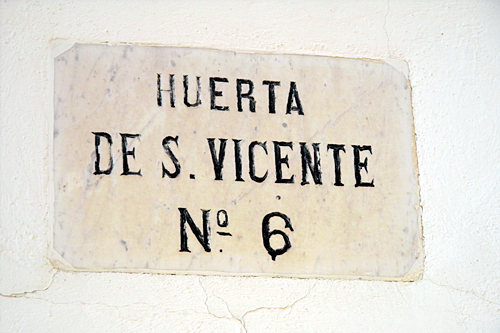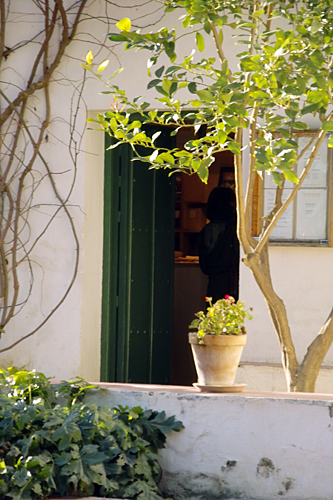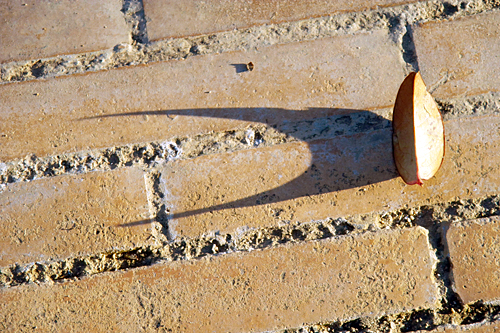

“Viento del Sur,
– Veleta (excerpt), Federico Garcia Lorca
moreno, ardiente,
llegas sobre mi carne,
trayéndome semilla
de brillantes
miradas, empapado
de azahares…”
Spain’s most famous poet and the favorite son of Granada, Federico Garcia Lorca was a seminal artistic figure, just as important in death as life. Musician, artist, radical, dramatist, patron of flamenco, Lorca had his hands in everything, but it was his poetry for which he’s most well-known. His poetry, and his ignoble execution at the hands of Franco’s army.
Lorca lived in Granada, and we visited his house-museum on the southern end of the city. When he occupied it, not really that long ago, the house was on the city’s outskirts, in a field. But Granada grew quickly, and the house is currently within a city park. It’s been perfectly upheld, with original furniture donated by the family and Lorca’s artwork decorating the walls. For a fan of either poetry or history, a visit to the house is obligatory.
It’s difficult to overstate how important Lorca’s influence has been to the people of Granada and Spain. He was one of the most early proponents of flamenco music… one of Camarón de la Isla’s best songs is Lorca’s poetry set to music. He was openly homosexual and leftist — traits that were dangerous for the volatile period in which he lived. Indeed, shortly after the Civil War broke out, he was arrested by the Popular Front and executed. Franco then banned his entire body of work.
Lorca’s remains have never been found, and the recovery of his body remains a highly-charged topic in Spain, which is still coming to terms with the havoc of the war which tore it in two.
Some pictures of Garcia Lorca’s house and the park which is named after him:









Pingback: Easy Egg Cracker
Pingback: Our Trip to Granada
Pingback: De 100 beste boeken | Top 10 literatuur in Amerika en Europa